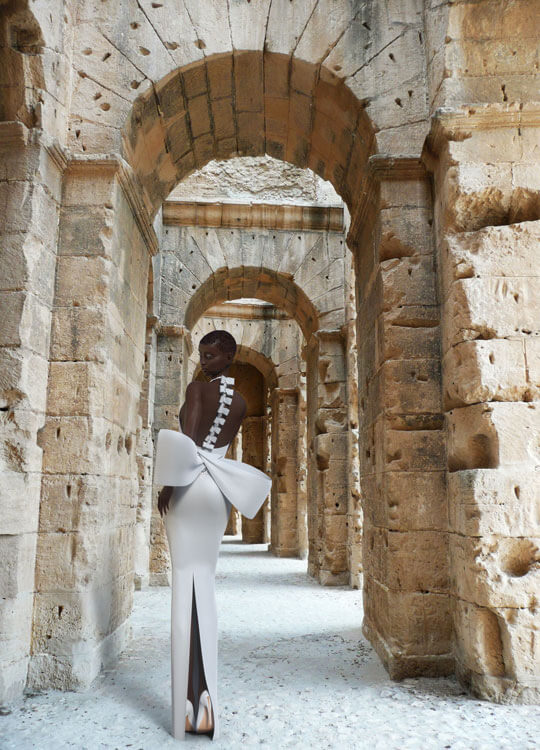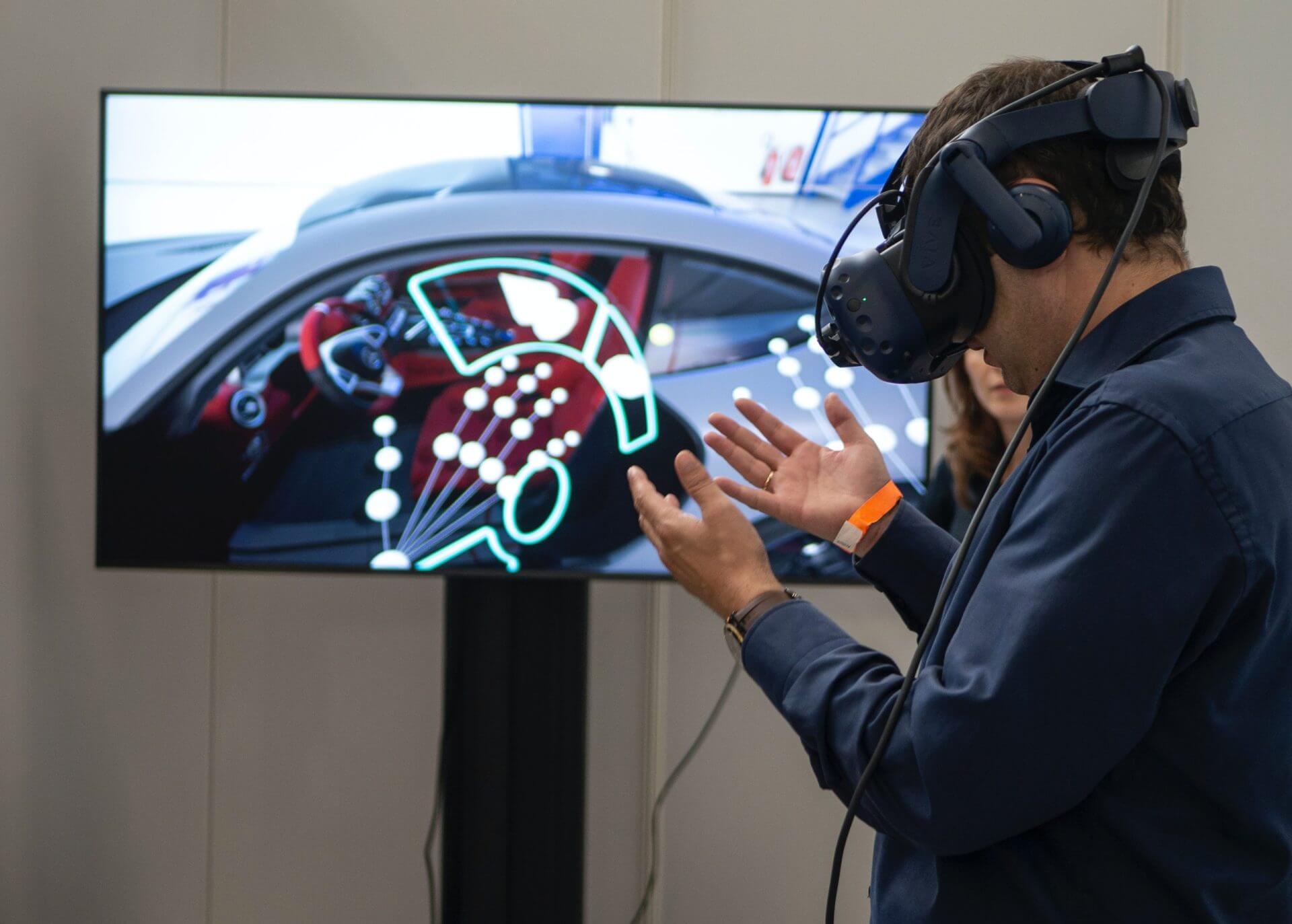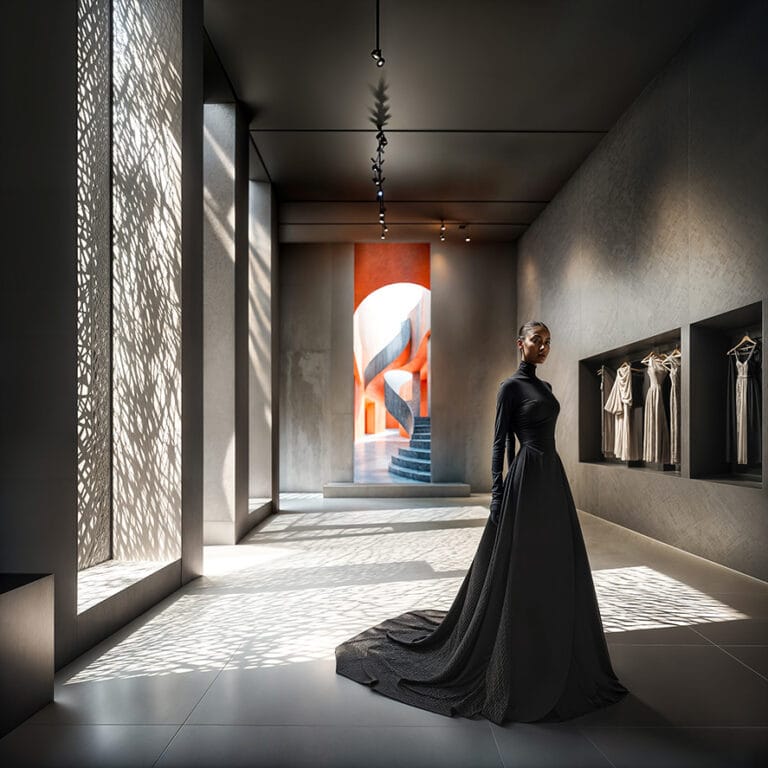A few days ago, an Instagram reel surfaced in which a kid of about 6 years was screaming that he is about to die and pleading to save him. One who doesn’t know about the context would be worried about the kid. But, as a visionary leader in creating the best consumer experiences for leading brands, VSLB sees it differently.
An opportunity. A possibility. A greater something in the coming years.
Coming back to the 6-year-old, he was playing a video game with a virtual reality headset on. There are two things, in this case, that brands must pay extra attention to.
One, is the way the next wave of consumers is growing up. This will in turn influence everything from their consumption to preferences. Second, the perceptive technologies hold on the consumers and how they can leverage it.
We, at VSLB, always aspire to pave paths on which brands can create long-lasting relationships with their target audience. So, we’ve put forward this blog that will explore various reality technologies that are in vogue these days. Also, a quick recap on how we use these technologies to help our clients properly every time.
What is a Virtual Technology?
Virtual technology creates a simulated environment with a varying range of immersive and interactivity. As one of the rising retail marketing trends, hyper-realism is what makes it so dear to brands and consumers alike. When a user uses the technology, the 3D environment makes everything real by altering the perception power of one’s senses.
While the pandemic is slowly receding its clutch over the world, its implied influence still reigns over the consumer world. They are more attached to online retail marketing trends, updates in technology like metaverse and NFTs, gamification, and so on. As a result, it’s useful to have a deeper knowledge of these potential technologies. Ones that have the power to alter the course of consumption in near future.

Virtual technologies allow digital elements to come in contact with the real world.
Classification of These Technologies
Immersive
The technology that allows a user to completely explore a virtual world, enabling them to feel like everything is real is called an immersive reality. Virtual reality headsets and the growing metaverse are some of the examples that come, user, this category. It is really popular among techies and Gen Z due to its immense potential of offering imaginative experiences.
Semi-Immersive
Semi-immersive technologies allow users to interact with the content only up to a certain extent. An instance is using multiple projection screens to recreate the environment with a certain rate of realism. They are used in museums and learning centers where the audience is able to interact but cannot feel it’s completely real.
Non-Immersive
Technology setup does not make feel like users are currently being in that environment. But there exists a certain realism to the simulation they provide that falls under non-immersive categories. High-definition computer displays are usually used for non-immersive spaces.

VR, AR, and MR are currently in vogue in the world of retail marketing.
Types of Virtual Technologies
Virtual Reality
According to researchers McCoy and Stone, virtual reality is a collection of technologies that allow people to interact efficiently with 3D computerized databases in real-time using their natural senses and skills. The technology is slowly evolving in a way that it can work around all five human senses and deliver realistic experiences. Also, as its the heart of virtual spaces, it has crowned itself as one of the retail marketing trends among brands.
Augmented Reality
AR is another technology, that has become super popular these days, thanks to Snapchat’s creative and cheerful filters. Put in a scientific light, augmented reality technology combines the real world with virtual elements, using computer graphics mixed with the real world in real time. It requires interactive glasses or mobile devices to view the augmented content. The content can range from a stream of audio to visuals or a combination of both.
Mixed Reality
As the name suggests, mixed reality is a perfect blend of virtual and augmented realities. It brings in the strengths of both technologies, a continuum of real and virtual worlds. Through mixed reality, the elements of both worlds can interact with each other in real-time.
To break it down, it has the AR aspect as it overlaps digital elements with the real world while the VR aspect allows the user to connect simultaneously. The devices that project his kind of reality is also a mixture of VR headset and AR camera lens or filters.

Today’s generation of consumers is interested in what virtual worlds can offer them.
Why Use AR and VR in Marketing?
Diving Deeper into your Customer
Today’s consumers are very hard to read and there are many driving forces behind this hard mystery. The new generation pays attention to self-value and purpose more than anything which bleeds into consumption as well. Every individual’s life path is very different, hence their consumption varies as well. Strong local cultural influences and ancestry can further diverse tastes and preferences.
Additionally, the limited attention span makes it difficult to figure out exactly what the buyer is interested in. Amid this turbulence, to build a loyal base, it is necessary that the brands delve into every single customer. It’s beyond the capacity and capability of traditional means of communication. Hence the entry of virtual technology of VR, AR, and MR into the retail marketing trends.
Since it’s a simulation, data can be pre-fed before interacting with any of the technologies. Also, they’re programmed to capture important data as minute as the user’s pupil movements, heartbeats, and so on. By drawing out patterns from this data, it is easy for brands to figure out where the minds of the audience.
Gamification in Retail
As aforementioned, it’s difficult beyond measure to attract the customer in the first 8 seconds of the encounter. Let alone form a bond with them. Therefore, brands have experimented a lot to figure out the next working tactic in the long list of retail marketing trends. And they realized that hybridizing games and shopping can be effective and attractive to Gen Z.
In the initial days of retail marketing, gamification was limited to reaching points, finding clues, and so on. To push the limits, and make the consumer more engaged with the brands, sophistication is required. To make it more engaged, it should be fresh, convenient, and to the liking of individual customers. The latest developments in virtual technologies offer all of these swiftly.
Choice Moderation
Previously, brands decided everything even before the customers’ eyes were on them. Starting from creating a product to designing of store interior to packing style. In other times, generation largely ruled over. As a generation who find meaning in their purchase decisions, they want it to be solely customized for themselves.
From the perspective of the target audience, it is not an insurmountable obstacle. But in reality, it was, until the perceptive technology was adopted into retail marketing. Now, consumers can choose everything.
They can decide on how they want themselves to discover the product, either by a game or a simple quest. They can change the virtual store ambiance to be in line with their moods. Buyers can have as many options on the delivery of their purchase packaging.
Indeed, virtual technologies open up a lot of space for personalization.
Staying Ahead
It’s time, luxury brands and labels talk about the elephant in the room, which is the metaverse. While AR and VR are used individually in marketing, metaverse is a combination of both with additional advanced features. It’s a whole world despite being virtual that requires its own marketing strategies, device support, and customer understanding.
While many argue that it might not be the future, it’s always best to stay prepared for it. Or even, innovate new advertising ways through utilizing AR and VR, and use later in the new world. In short, using perceptive techniques will help brands brace for the uncertainty of the future.
VSLB: Creating an Enthralling Future for Brands and Buyers
Yes, we’re all standing in a debatable position as the pandemic threw us without notice. Everything was asked to consider again, things that have been with us for centuries. Yet, for the future, it’s best to be prepared to take in the best practices currently.
As a 3D creative studio, we know what’s best for brands. Because, not only we’re close to the audience, we’re them as well.
In every stroke of design, we’re always putting ourselves in the shoes of the customers. So we know them well and we want to use our knowledge to help your brand. To dive into the future with confidence and grace.
Connect with us today, and let’s start your first virtual campaign. The Future belongs to your brand!
For project inquiries e-mail us at [email protected]
For press inquiries e-mail us at [email protected]

